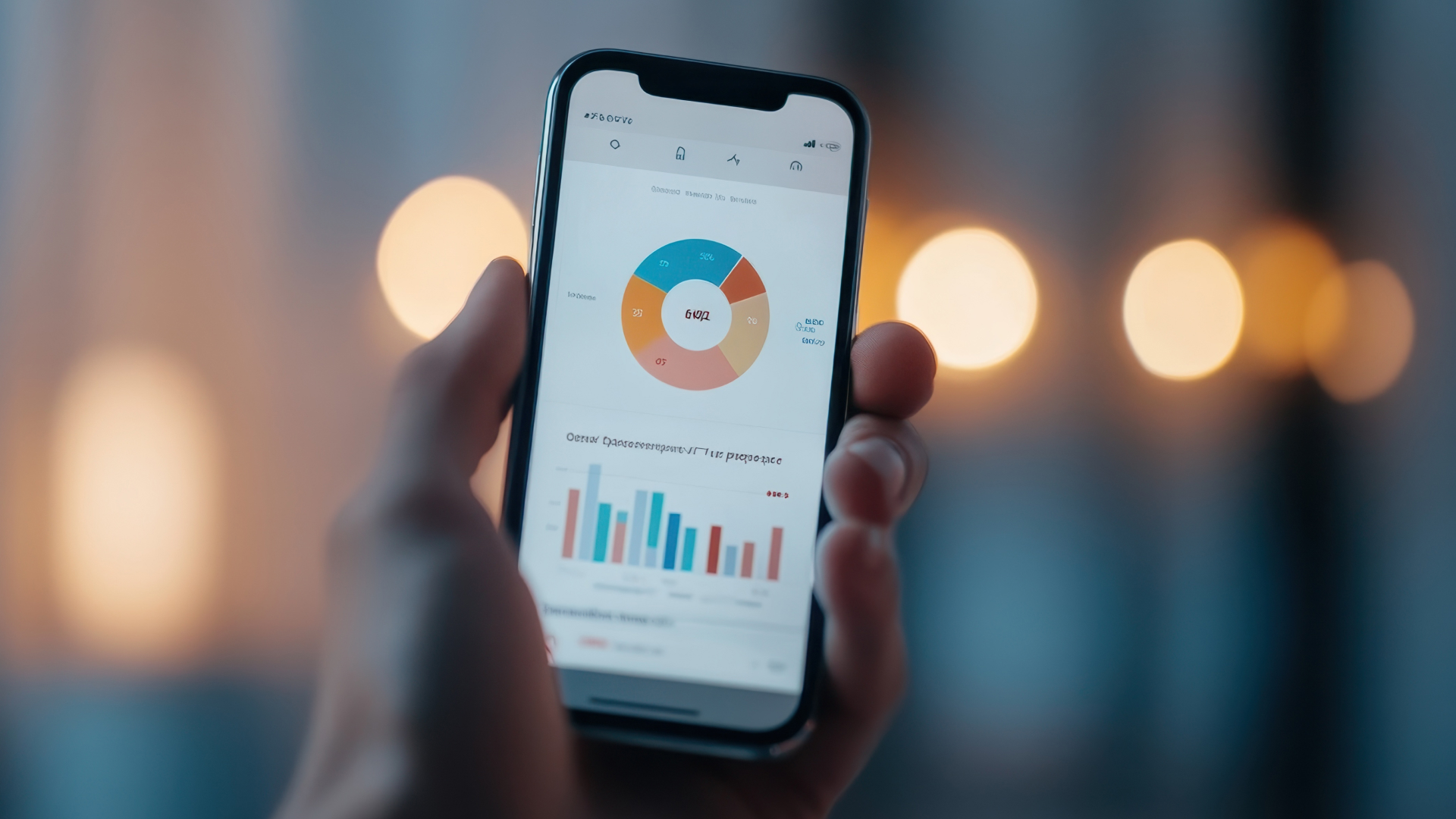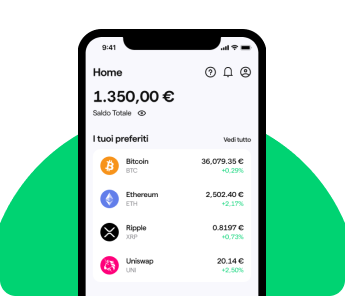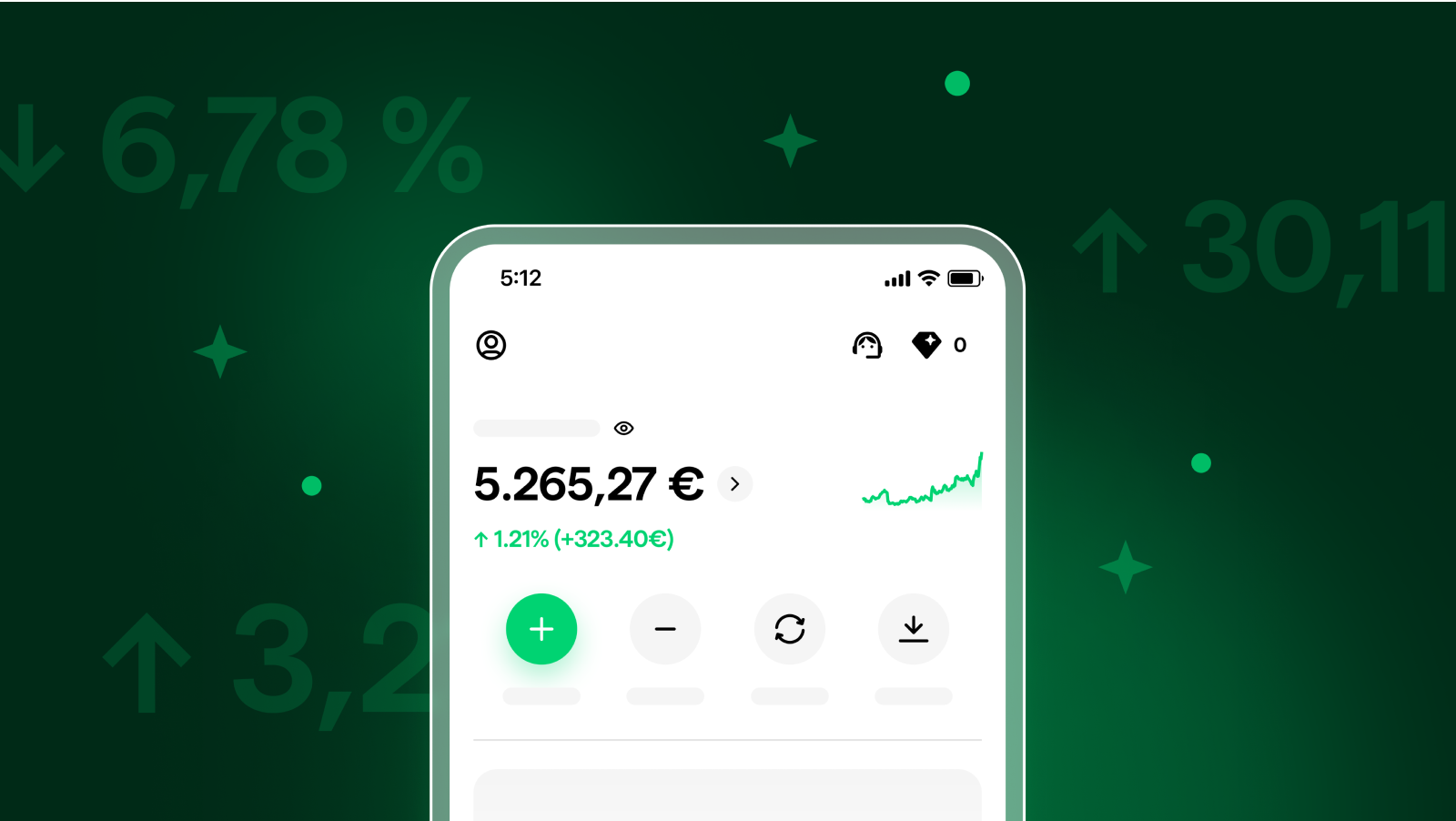Learn how to stake cryptocurrencies, what staking is for, which service to use and which tokens can be locked up in staking.
Staking is a common crypto mechanism that permits the functioning of Proof-of-Stake blockchains. In fact, to achieve network consensus – which is necessary to validate transactions – these particular blockchains do not use an external source such as electricity or computational power; instead, they use internal resources, i.e., user guarantees. In other words, staking is the basis of a blockchain’s validation mechanism. However, staking can also refer to the process of locking up cryptos to obtain rewards without necessarily becoming a network’s validator. This article will look at how to stake and all the options available to obtain rewards from cryptos.
What is staking for?
People who choose to stake might have different goals. Some people stake to become a validator, while others lock up their cryptos only to obtain a reward, delegating to other users the task of transaction validating. Let’s take a look at the different types of staking:
1. Staking cryptos to become a blockchain validator
The validating nodes of a blockchain are responsible for finalising the network transactions. Contrary to what happens in Proof-of-Work chains, no special technical equipment is needed to validate transactions in Proof-of-Stake chains – it is sufficient to simply stake your crypto. In most cases, people or entities already have some experience in the blockchain field who become validators. You have to open a node after staking a certain amount of cryptocurrencies. This type of staking requires downloading a wallet that enables staking in the chain you want to become a node of, and staying online 24/7. Some blockchains also stipulate a minimum share of crypto to be staked, for example on Tezos it is 8,000 XTZ, on Ethereum 2.0 it will be 32 ETH.
2. Delegating your stake
If you do not want to manage a validator node, you can delegate your stake to an existing node. Delegation is a convenient alternative if you wish to participate in the consensus mechanism of a blockchain with a lower investment of time and money. When you delegate a node, the amount of cryptocurrency you have staked joins the node’s stake. This way, the validating node will also use your cryptocurrencies to contribute to the functioning of the network. The rewards obtained for the validation work are distributed proportionally between the node and those delegated. You can delegate a node through platforms (decentralised or otherwise) that offer this service.
3. Staking cryptos to take part in a blockchain’s governance
In some cases, staking is used to let users participate in blockchain governance. Whoever stakes a certain amount of crypto earns the right to vote on updates, improvements and the direction of the blockchain’s roadmap. This way, staking increases the decentralisation of a project’s decisions.
4. Locking up cryptos to get rewards
Cryptocurrency staking can also mean simply locking up your cryptocurrencies for a period of time to obtain rewards, calculated annually and expressed in APY. These rewards are the equivalent of what traditional finance calls an annual percentage return. Locked cryptocurrencies cannot be traded or sold until the end of the staking period selected. How can I take part in this type of staking? This option is particularly suitable for people who are not particularly familiar with the crypto sector because it does not require any technical expertise, all you need to do is find out about the third-party service you choose. Now let’s see where you can stake!
Where can you stake?
You can choose different third-party services for staking cryptocurrencies – there are decentralised platforms, dapp, and exchanges (centralised and not), as well as offline options such as external hardware.
1. Staking via hardware
Offline staking is called cold staking. In this type of staking, cryptocurrencies are locked up and stored in cold wallets, i.e. wallets that are not connected to the internet. Cold wallets can be hardware, paper wallets or offline applications. Cold staking is often used when locking up large amounts of crypto and to avoid the potential risk of cyber attacks. This type of staking is highly secure, but the staking is managed autonomously, without third parties mediating. For this reason, you need to be familiar with the mechanisms. Even if they are offline, cryptocurrencies in cold wallets are always connected to the blockchain and rewards are earned as in online staking.
2. Staking via a CEX or DEX
One of the most commonly used services for staking online is through exchanges. Whether centralised or decentralised, exchanges often provide step-by-step guides on how to use staking tools. Each exchange has its features, differing in the type of solution, supported cryptocurrencies, and offered APY. You can choose the one that best suits your needs.
On Young Platform, you can access a simple and intuitive staking solution directly. Currently, you can lock various cryptocurrencies that support staking and earn rewards calculated based on APY, proportional to the amount you decide to stake.
Young Platform offers two staking methods:
- Liquid Staking allows for greater flexibility with staked crypto without long-term locking.
- Proof of Stake enables active participation in network security while earning higher rewards than other solutions.
For more information: Staking introduction: an innovative way to put your crypto to work
3. Staking Pools: decentralised protocols and dapps
Many decentralised protocols and dapps offer different staking opportunities. For example, you can lock cryptocurrencies up in Staking Pools, i.e. smart contracts or features that aggregate stakes of other users. Staking pools are usually used by blockchain nodes to increase the size of their stakes and, thus, the probability of being chosen as validators. Furthermore, DeFi protocols and platforms also offer options for Derivative Staking and Liquid Staking, in which rewards are earned through derivative products.
Staking NFTs
Staking doesn’t end at coins or tokens – the latest frontier of decentralised finance also includes NFT staking. This works similarly to traditional staking – you lock up your non-fungible tokens on unique platforms to obtain rewards in crypto. Not all NFTs are suitable for this practice. Moonbirds, by the startup Proof, is a collection that has implemented a staking feature. Staking NFTs allows people to maximise their digital artwork and sometimes participate in the governance of their projects.











